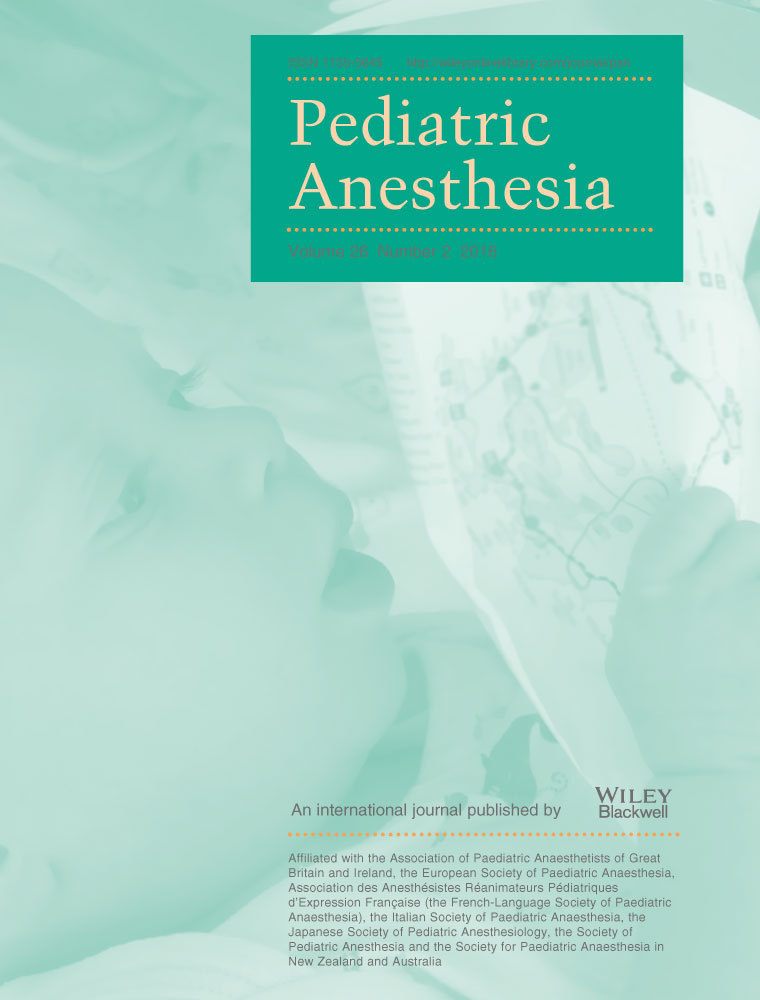Interventions designed using quality improvement methods reduce the incidence of serious airway events and airway cardiac arrests during pediatric anesthesia
Summary
Background
Although serious complications during pediatric anesthesia are less common than they were 20 years ago, serious airway events continue to occur. Based on Quality Improvement (QI) data from our institution, a QI project was designed to reduce the incidence of serious airway events and airway cardiac arrests.
Methods
A quality improvement team consisting of members of the Department of Anesthesia was formed and QI data from previous years were analyzed. The QI team developed a Smart Aim, Key Driver Diagram, and specific Interventions that focused on the accessibility of emergency drugs, the use of nondepolarizing muscle relaxants for endotracheal intubation in children 2 years and younger, and the presence of anesthesia providers until emergence from anesthesia in high-risk patients.
Results
The percentage of cases where muscle relaxants were utilized in children 2 years and younger for endotracheal intubation and where atropine and succinylcholine were readily available increased at both our base and outpatient facilities. Over the 2.5-year study period, the incidence of serious airway events and airway cardiac arrests was reduced by 44% and 59%, respectively compared to the previous 2-year period.
Conclusion
We utilized QI methodology to design and implement a project which led to greater standardization of clinical practice within a large pediatric anesthesia group. Based on an understanding of system issues impacting our clinical practice, we designed and tested interventions that led to a significant reduction in the incidence of serious airway events and airway cardiac arrests.




